Water: Garments’ invisible price
Bangladesh boasts as being the world's number two garment exporter. Every third European has a T-shirt made in Bangladesh on his back. Every fifth American wears jeans manufactured in Bangladesh.
But this is not a story of how many million pieces we export. This is a story about the invisible price we pay every time a jeans rolls out of a factory in Bangladesh. A western buyer knows little about how much water, that precious resource, was used to wash and dye his trousers.
The figures are mind-boggling.
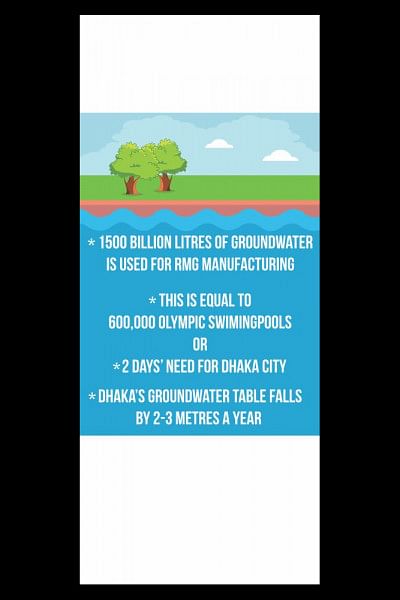
THE BOOM
Thirty-nine years ago, Bangladesh tentatively stepped into the global apparel scene with a small consignment of 13 million Francs to a Paris-based firm in 1978.
Today it exports $28.14 billion worth of the item or 6.4 percent of the global apparel pie. The country's trade critically depends on this commodity that represents 82 percent of Bangladesh's exports.
The export target by 2021 has been set at $50 billion. With the decline of China in the apparel world, especially in the cheap and medium categories, the target looks achievable.
OVERUSE OF GROUNDWATER
But the success comes at a huge environmental cost. We don't even know about it.
Every year, 1,500 billion litres of water is used to dye and wash the cotton and clothes for the garment industry, according to a study of the International Finance Corporation (IFC). This is enough to fill up 600,000 Olympic swimming pools.
Or you may think it this way. This same water can meet the demand of 8 lakh people for a whole year.
For the average jeans you wear that weighs 1kg, it takes 250 litres of water to wash.
And all this has to be sweet water, a precious commodity, pumped out from underground.
The Water Supply and Sewerage Authority charges a piffling Tk 0.0326 for a litre of water. Even at this rate, the current market price of 1,500 billion litres of groundwater is $611 million.
OUTCOME
Two things happen when such a huge quantity of water is pumped out. First, we create a hollow underground. As the hollow grows, it creates chances for the earth to cave in.
And secondly, as more and more water is pumped out, the water table goes down.
We can find this actually happening in Dhaka where every year the water level is dropping by 2.5 percent. This means we have to dig deeper and deeper to pump the same water out.
The water table is not infinite. One day, it will go dry if not recharged. We will not have any more water to pump out. A real disaster will take place.
THE POLLUTION POINT
The garment industries pump out this water and dump it into rivers and canals after use. By this time, the water becomes highly polluted with toxic chemicals and dyes. Only a handful of factories have effluent treatment plants. Most of them simply drain out untreated toxins.
The dyeing and finishing plants are the major pollutants of our water. The Turag that flows by Tongi is almost dead with pollution. Its water looks ink black and gives out such a foul smell that one can literally feel their lungs tingling with each breath.
Bangladesh has some 789 dyeing and finishing factories to serve some 4,000 garment factories, according to the IFC. They are the major consumers of underground water and also contributor to pollution.
The IFC looked closely at Konabari area in Gazipur, which houses 33 washing, dyeing and finishing units. They consume about 13 billion litres of fresh water a year.
This implies that the textile factories are also the largest contributors of the cluster's water scarcity as well as pollution challenges.
MORE WATER, MORE POLLUTION
As the inefficient plants draw more water to treat the same quantity of fabrics, they use more chemicals to do the job. More chemicals mean more pollution.
If they could cut their water requirement by a fourth, which is very much possible with available technology, they could have substantially cut use of chemicals and thereby pollution too.
Also, more water needs more gas to heat for the dyeing and finishing of fabrics. Gas is a scarce commodity. Bangladesh is already running short of gas. The inefficient plants are just adding to the crisis.
A WAY OUT
It does not need to use all that water to wash every kg of apparel. As we said earlier, Bangladesh uses 250 litres of water whereas the global standard is 60 to 70 litres for a single pair of jeans weighing 1kg. That is four times less than what we use. Experts say this use of water can be further reduced to 13.5 litres.
Every year, around 21.6 million cubic metres of water were saved by the intervention of Partnership for Cleaner Textile (PaCT) programme of the IFC, which worked with 200 factories.
Nishat Shahid Chowdhury, programme manger at PaCT, said these 200 factories could save $16 million a year just by reducing water consumption.
SOME FACTORIES ARE WAKING UP
In Bangladesh, work is underway. A few factories are changing their operations to be more water efficient.
The IFC has introduced a programme styled Partnership for Cleaner Textile to reduce water, energy and chemical use in the textile industry. It has partnered with 200 textile factories to help them implement cleaner operations.
Fakir Apparels Limited of Narayanganj is one of them to adopt clean operation.
Before this, it used 24.96 crore litres of water to wash and dye 1,200 tonnes of fabric a month. But after changing technology, it has reduced water use to 6.96 crore litres. This is a saving of 70 percent of water.
Fakir Apparels recovered its investment of $2.65 lakh only in six months.
Mondol Fabrics of Gazipur has been able to save 27 percent of water by using new technologies. It needed 120 litres of water to process one kg of fabric. Now it needs 80 litres only. It is working to cut down water use further by putting in more technologies.
[Research by Zaid Kalam]


 For all latest news, follow The Daily Star's Google News channel.
For all latest news, follow The Daily Star's Google News channel. 




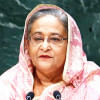

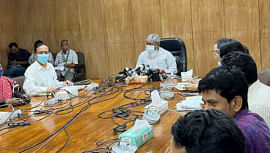
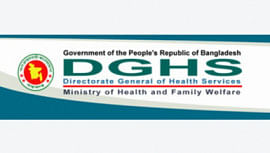
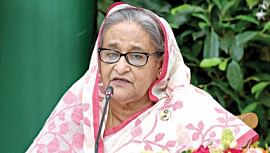
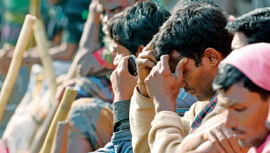
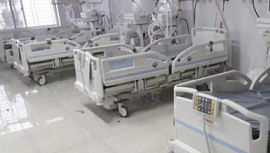

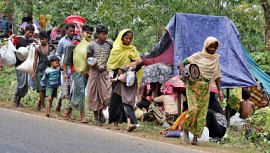
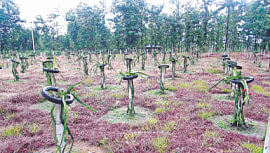
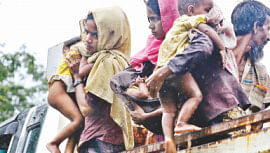
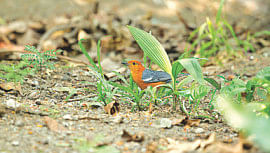
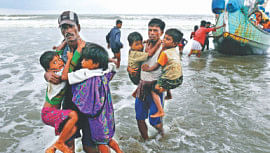
Comments